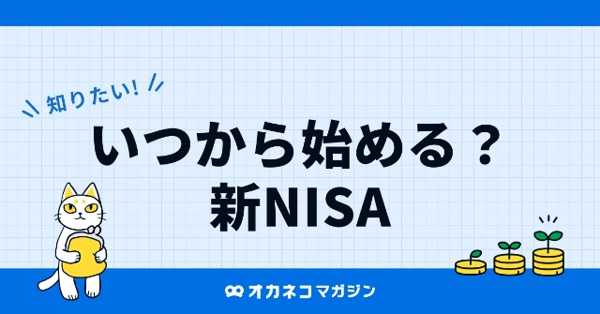樹木葬の費用を徹底比較!安く安心できる自然葬の選び方
Can You Trade In A Financed Car?
According to recent car payment statistics, in 2024, the average car payment was $734 monthly for new cars in the US, a massive chunk of the income going away. This can most certainly put you in a tight spot. So, the question that often comes to mind is, can I trade in a financed car? What can be done when I can no longer pay a huge portion of my income towards paying off car debt? Firstly, it is important to understand the trade-in process to see which option suits you best. In this article, we will guide you through the entire process of trading a financed car.
According to recent car payment statistics, in 2024, the average car payment was $734 monthly for new cars in the US, a massive chunk of the income going away. This can most certainly put you in a tight spot. So, the question that often comes to mind is, can I trade in a financed car? What can be done when I can no longer pay a huge portion of my income towards paying off car debt? Firstly, it is important to understand the trade-in process to see which option suits you best. In this article, we will guide you through the entire process of trading a financed car.
What Is The Meaning Of Financing A Car?
Financing a car simply means taking out a loan from a bank or a money-lending institution to purchase a vehicle. The loan is then paid off by making monthly installments. Many people prefer to get a loan when they don’t have the money to purchase a car in full payment. The car’s ownership belongs to the financer until you have completely paid off the car loan.
Essentials Of Trading In A Financed Car
Here are some of the things you should get in order before you start the process of trading your car:
Evaluate Your Car’s Value: Research the present market value of your car so that you can understand it well before negotiating a trade-in.
Ready The Documents: Gather and set aside all the documentation, such as registration, proof of insurance, etc.
Get In Touch With Dealerships: Contact different car dealerships to get a good idea of your car’s value and see if they are willing to do a trade-in.

What Is The Process Of Trading In A Financed Car?
When you part-exchange a financed car, the dealership is responsible for paying the remaining loan. If your remaining loan balance is less than your car’s value, that is referred to as “positive equity.” But if your car’s trade-in value is less than your loan balance, that is called “negative equity.”
If you have “positive equity,” it can help you make a down payment on your new car without any hassle since you’ll already have some extra cash from the equity. However, in the case of negative equity, you’ll need to pay more than the car’s worth.
What Is Positive Equity?
Positive equity is when your car’s value is higher than the amount you owe on your loan. This difference helps you when you decide to trade in your car, as it can be put toward the cost of a new car. Let’s say you owe $5,000 in loan payments for the car, but now its value has gone up to $7,000 (it could be due to many circumstances). This means that your positive equity is $2,000. This amount reduces your cost burden for buying the next car, making it easier to manage the payments. Having positive equity makes the trade-in process go smoothly and can save you money in the long run.
How To Manage Negative Equity?
If you are dealing with a negative equity situation, then here are some tips that might be of benefit to you:
Opt to roll over: Ask the dealership if you can roll over your remaining debt. This would make paying off the debt easier, as you would not have to deal with different loan terms. Instead, your previous loan would be added to your current loan.
Pay off the difference: You can pay the difference amount to complete the trade-in. The difference amount is the calculated amount between the current debt you owe and the trade-in value of your car.
Advantages Of Trading A Financed Car
Trading in a car can be especially beneficial if your new car has better loan payment terms that are easier for you to fulfill.
The car dealership handles all the documentation and debt payoff.
If your trade-in is cheaper, then you’ll make lower monthly payments.
Disadvantages Of Trading A Financed Car
Rolling over due to negative equity can result in higher monthly payments, making debt payments more challenging.
Your credit score might go down if you are not able to pay off debt on time.
Many car dealerships may offer you less value for the trade-in.
What Are The Alternatives To Trading In A Financed Car?
If you want to get rid of your car but trading does not sound like an option, there are a few alternatives.
You can sell it privately without involving any car dealerships. You have more chance of receiving a high payment by selling it privately than through a dealership.
Pay off your loan entirely before going for a trade-in.
Apply for refinancing at a lower interest rate to pay off your loan faster.

When Trade-In Makes Sense
If you have positive equity, trading in can help lower costs on a new car and pay cash for it, making it a good choice. But if you owe more than your car’s worth (negative equity), you may end up paying extra. It’s wise to consider how much you owe, your car’s value, and your needs before trading. For some, trading in offers a way to move on to a better vehicle and get rid of debt, but it’s best when the numbers work in your favor.











